
On a recent trip to the West, photographer Nguyen Khanh Vu Khoa (HCMC) stopped in Cang Long commune, Vinh Long . He was very impressed with the harvest atmosphere of the people as well as the scene of the vast green fields of sedge ready for harvest.
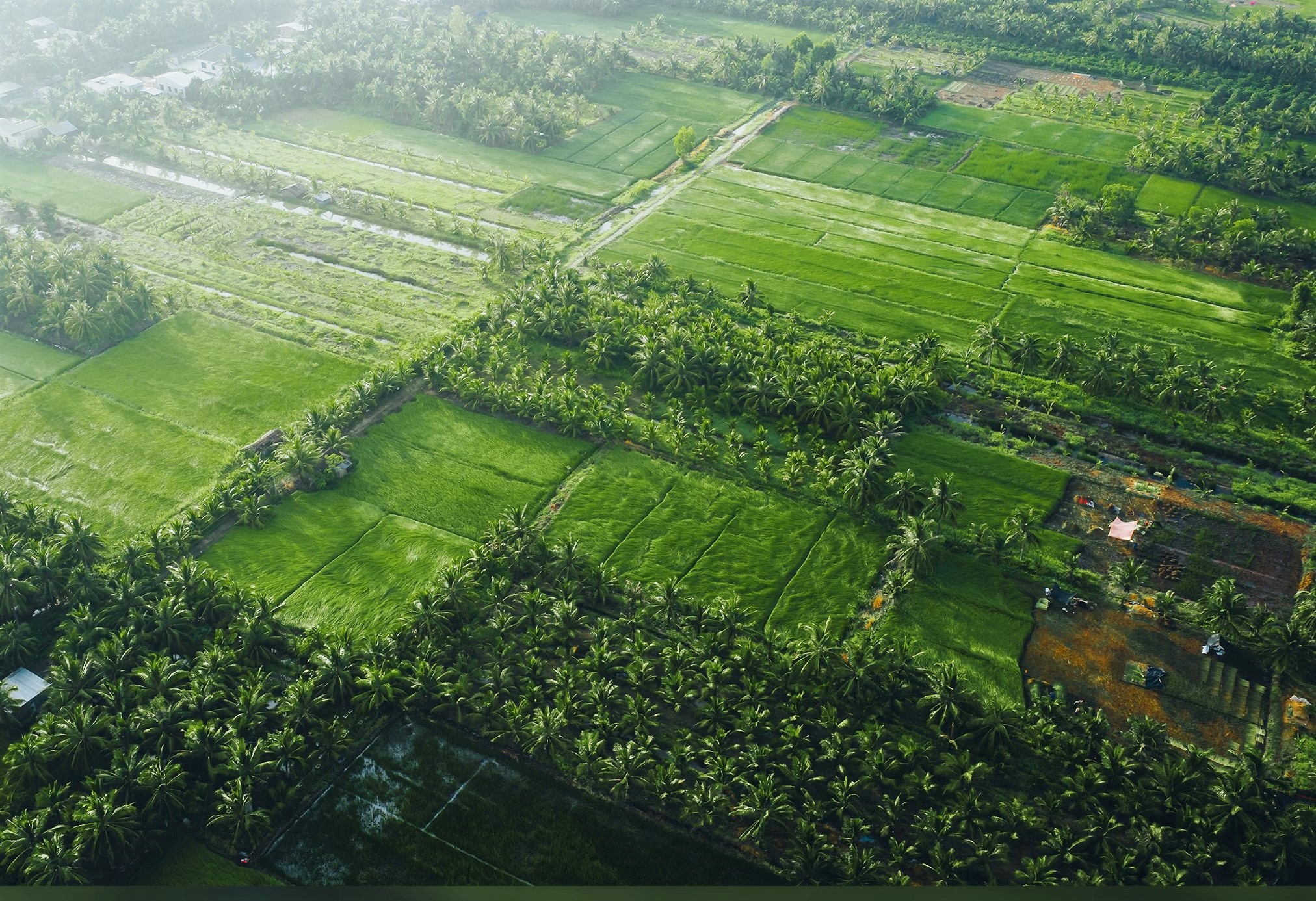
Cang Long and Vung Liem are two lands of sedge grass, located along the Co Chien River. The sedge grass growing area here is up to thousands of hectares, seen from afar the green sedge grass fields swaying in the wind look like a giant carpet.
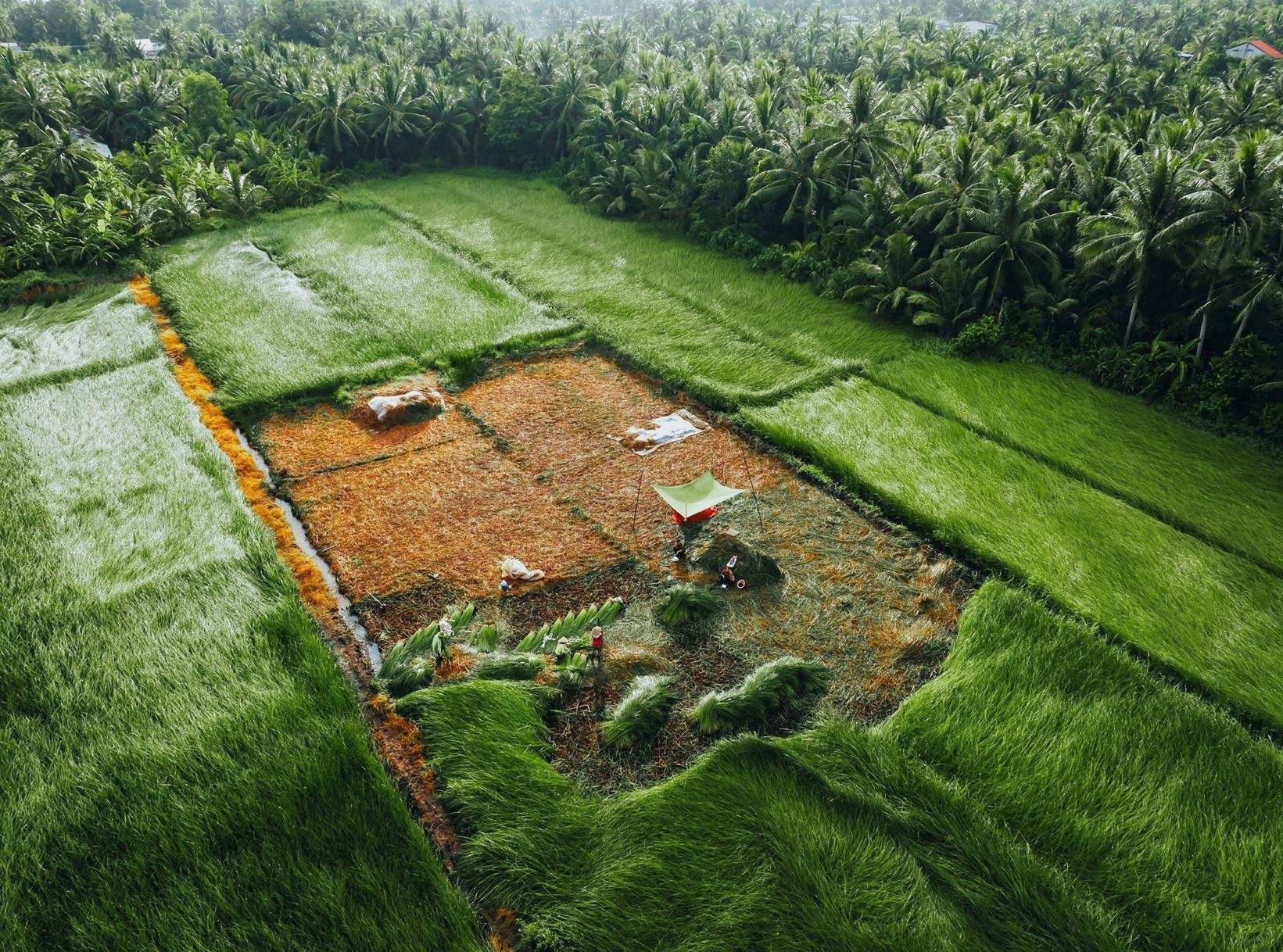
“Each season of flowering sedge is a season of hope. It is a season of muddy hands that still nurture many dreams. It is the beauty of the West not only from nature, but also from the people who live in harmony and simplicity here.” Mr. Vu Khoa shared his feelings after taking the photo series Through the season of sedge grass in Tra Vinh (Cang Long before the merger was a district of the old Tra Vinh province).
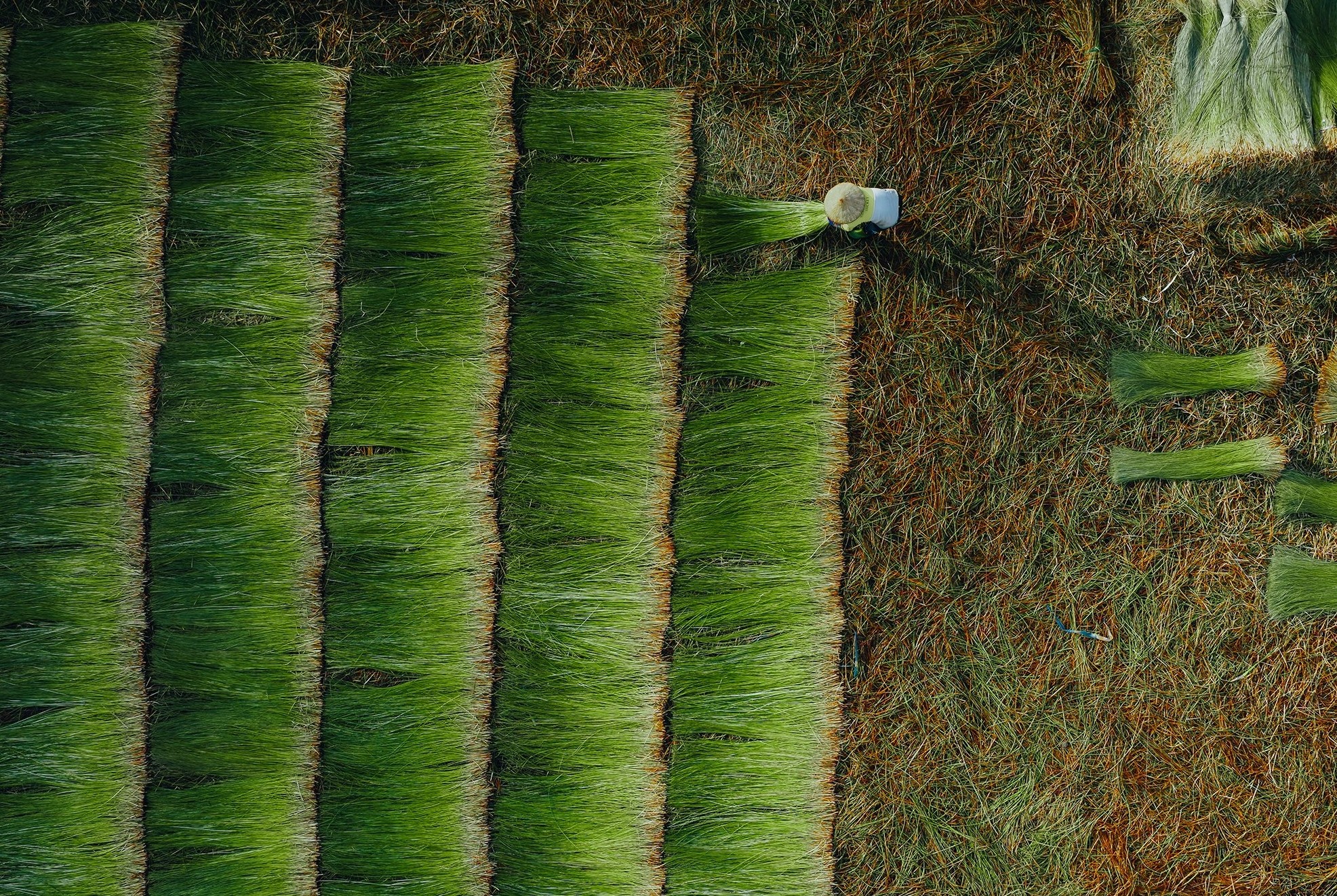
The sedge has been grown in Cang Long for more than 20 years now and has grown well thanks to its suitability to the saline soil, which is often flooded during the flood season and saline intrusion during the dry season. The sedge in Cang Long is characterized by its thick stem, up to 2m high, belonging to the sedge family, and can be harvested three times a year on average.
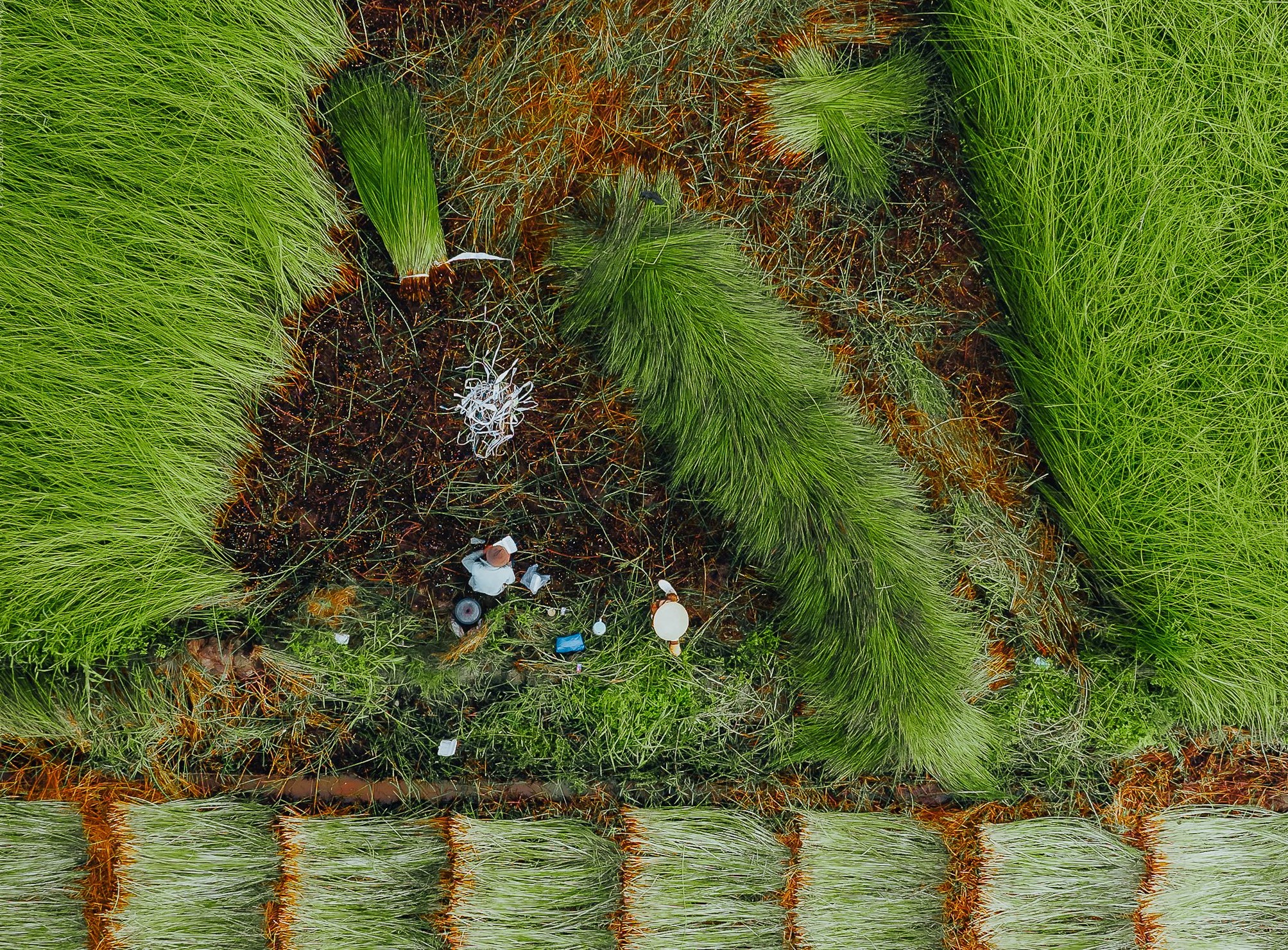
In the past, sedge was collected and dried to make ropes for rice bundles, to tie fish and meat when going to the market or to bundle vegetables... Nowadays, Cang Long people grow sedge to get raw materials to make handicraft products such as mats, walls, cushions, baskets... not only to sell domestically but also to find ways to export to foreign countries.
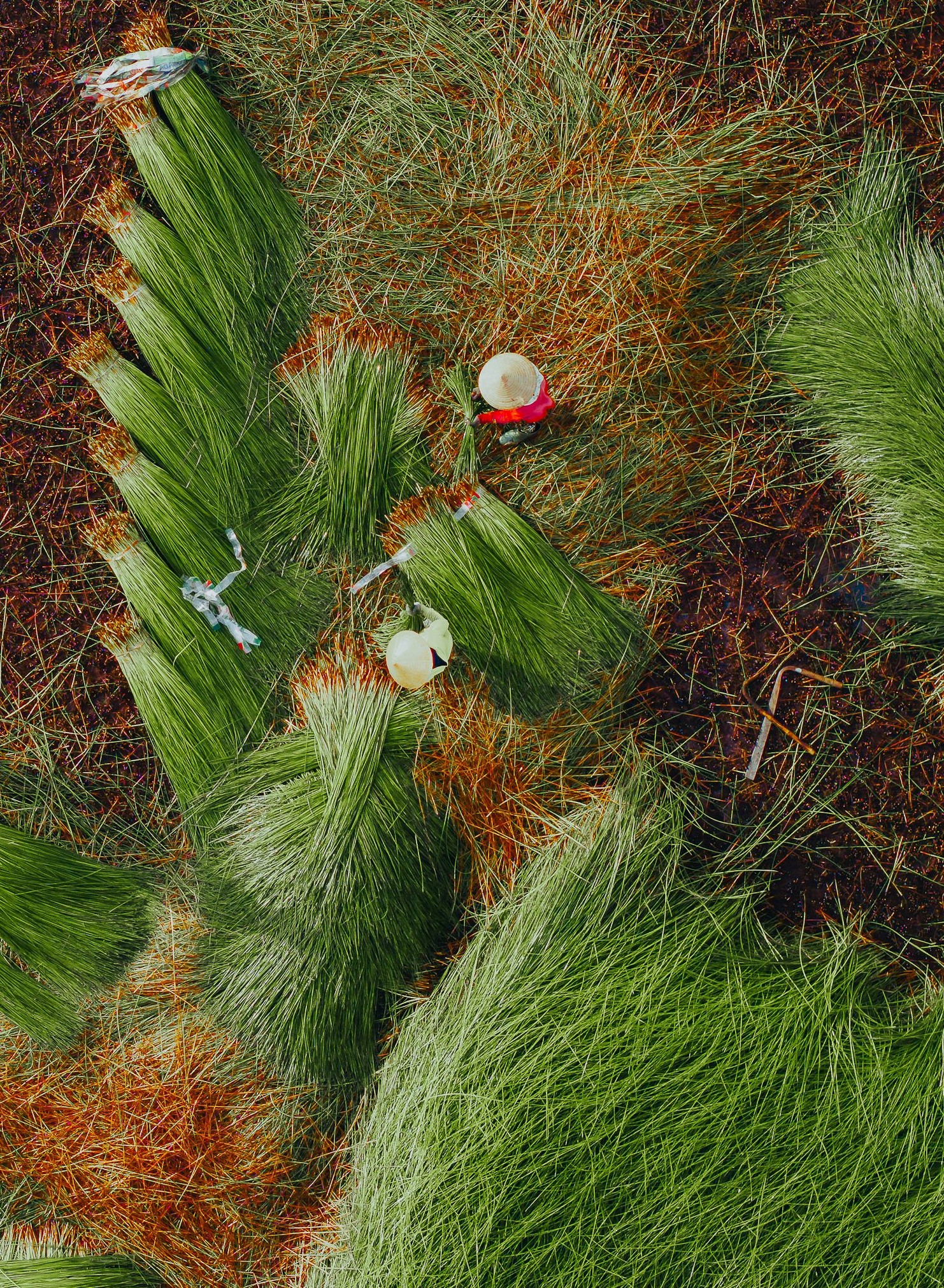
For the domestic market, Cang Long sedge provides raw materials for mat making villages in the North and Dinh Yen mat making village in Dong Thap province.
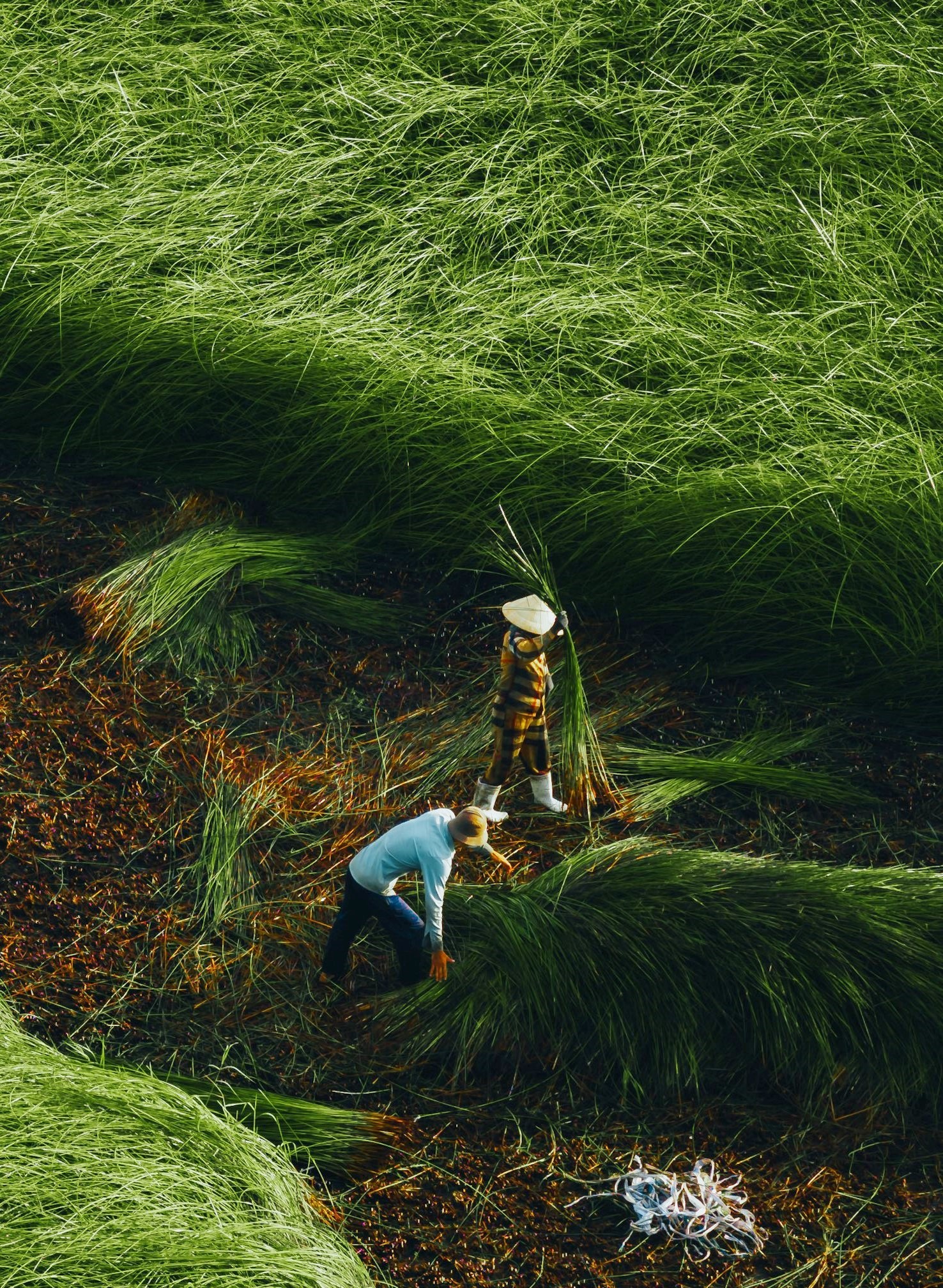
In Nhi Long commune, Vinh Long province, Duc My village (formerly Tra Vinh) is recognized as a craft village for weaving carpets and mats for export and has become a member of the Vietnam Craft Village Association.

Harvesting sedge requires strength and is usually done by men. After cutting, the sedge must be shaken clean and sorted by length. Sedge longer than 1.5m is called sedge (type 1), the rest shorter than 1.5m is type 2 sedge, mainly used to make braided rope.

The drying process is also very important. In strong sunlight, it takes about a day, in weak sunlight or light rain, it takes two days. The dried sedge tips are then bundled into small bundles and spread out like a fan.
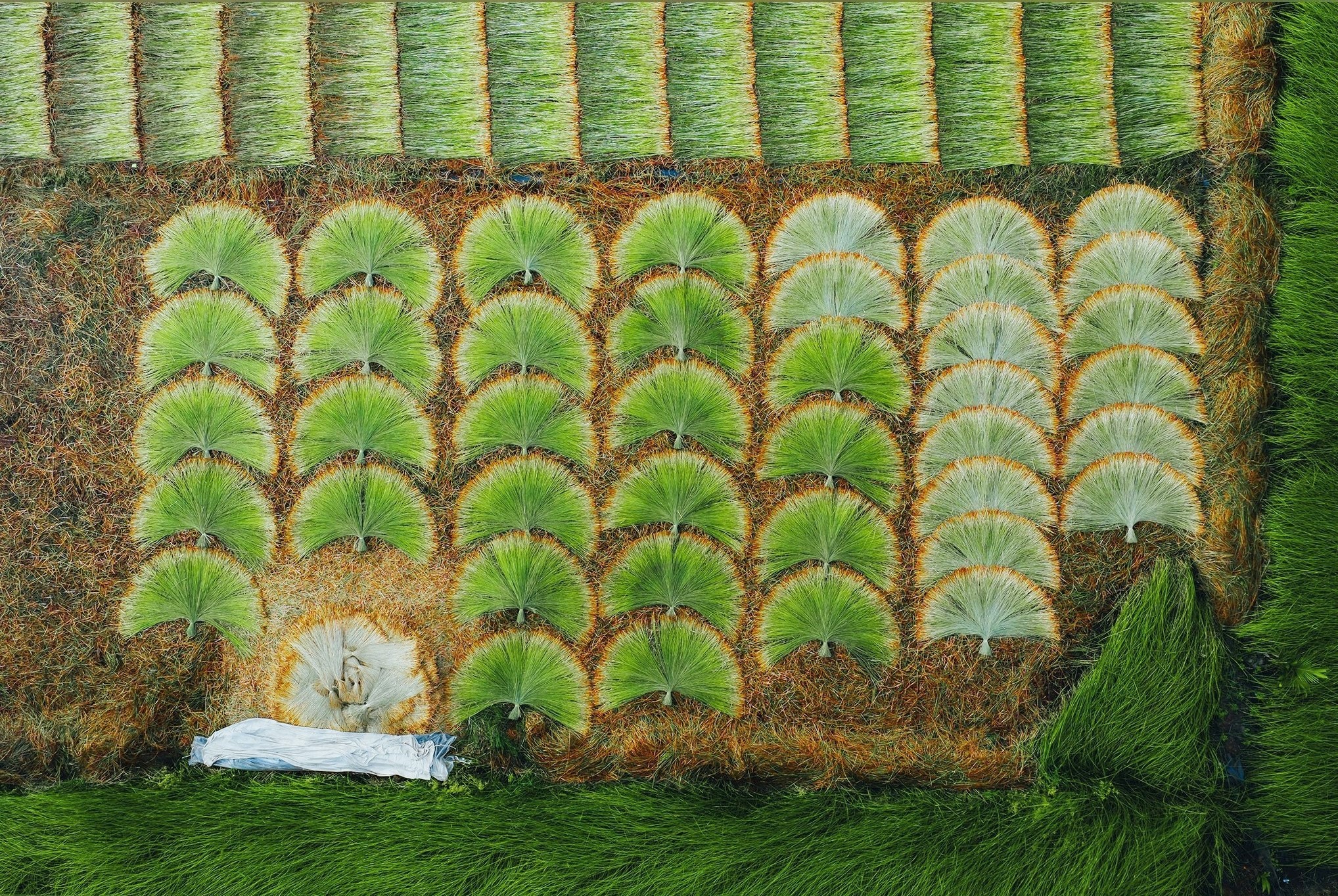
From above, the scene of Cang Long sedge field during harvest is like a vivid picture that changes every hour.
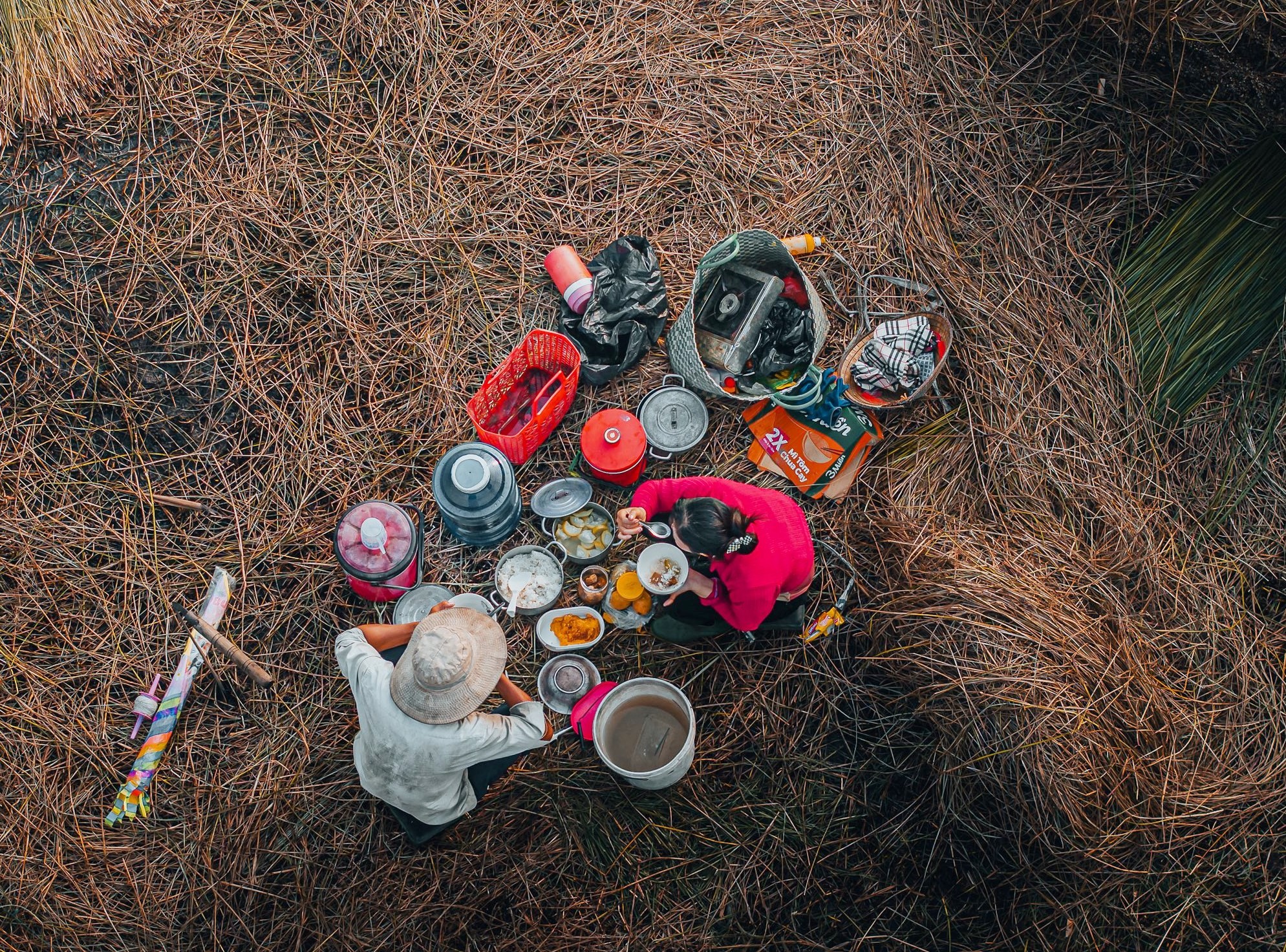
Farmers take a break for lunch and eat a simple meal in the middle of a half-harvested sedge field.

Not only bringing high economic value, the green reed fields gradually become an attractive countryside image for artists and tourists from all over to visit and take photos.
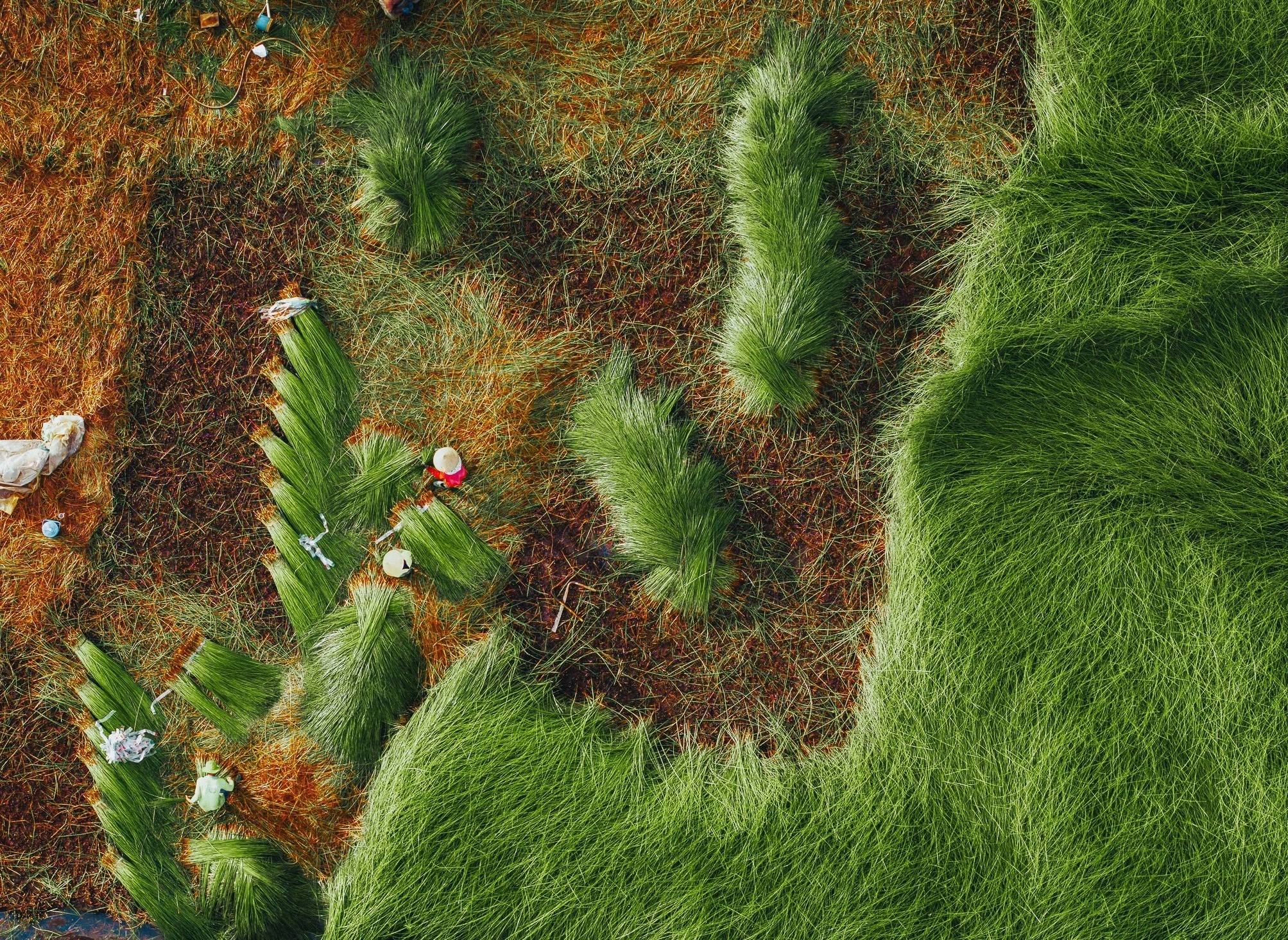
“Amidst the lush reed fields stretching out like green silk ribbons, Cang Long farmers are still diligently working. The scene of diligent labor is simple and heartbreakingly beautiful,” Mr. Vu Khoa shared.
Laodong.vn
Source: https://laodong.vn/du-lich/photo/xu-so-co-lac-vinh-long-vao-mua-thu-haach-xanh-muot-nhu-nhung-1537955.html




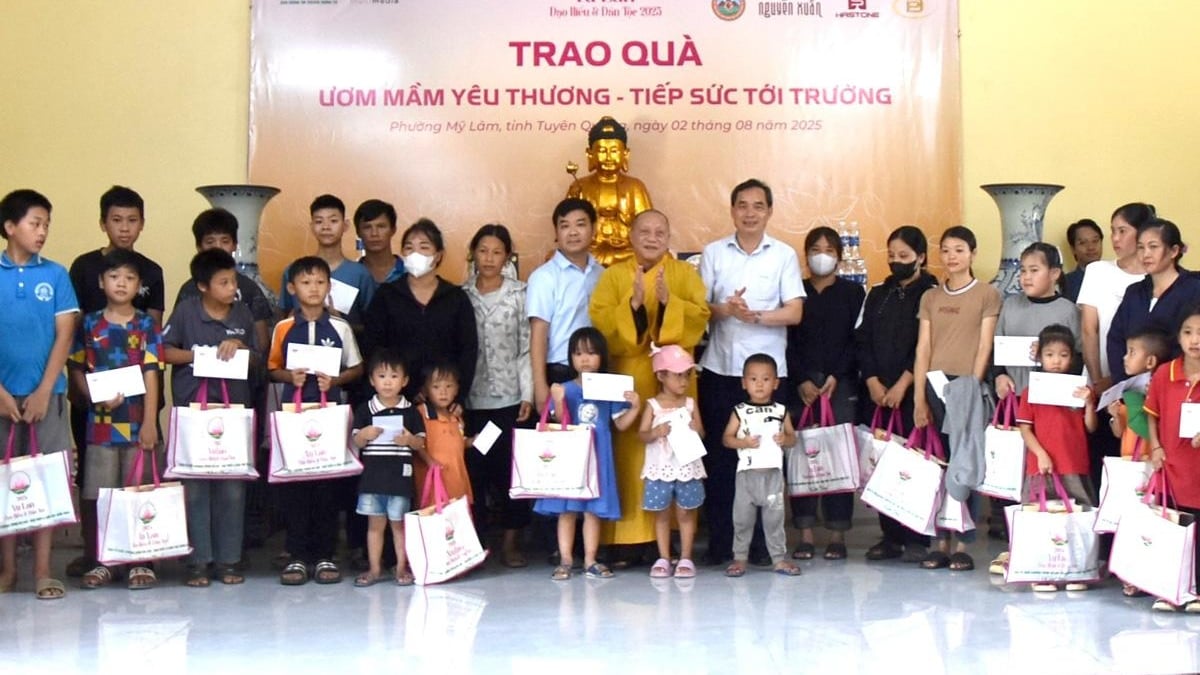
































































































Comment (0)